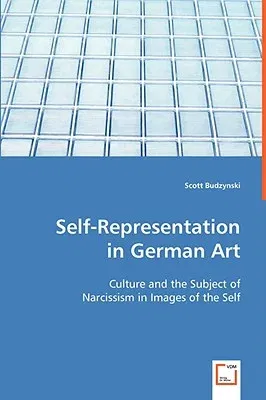Scott Budzynski
(Author)Self-Representation in German ArtPaperback, 10 June 2008

Qty
1
Turbo
Ships in 2 - 3 days
In Stock
Free Delivery
Cash on Delivery
15 Days
Free Returns
Secure Checkout
Print Length
180 pages
Language
English
Publisher
VDM Verlag Dr. Mueller E.K.
Date Published
10 Jun 2008
ISBN-10
3639026691
ISBN-13
9783639026696
Description
Product Details
Author:
Book Format:
Paperback
Country of Origin:
US
Date Published:
10 June 2008
Dimensions:
22.86 x
15.24 x
0.97 cm
ISBN-10:
3639026691
ISBN-13:
9783639026696
Language:
English
Location:
Saarbrucken
Pages:
180
Publisher:
Weight:
249.48 gm

